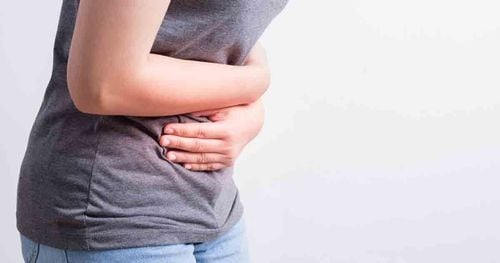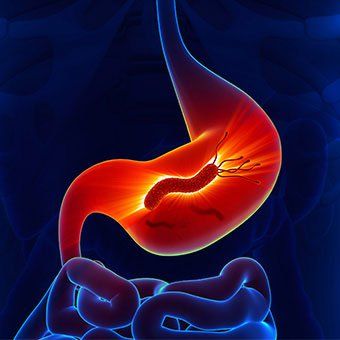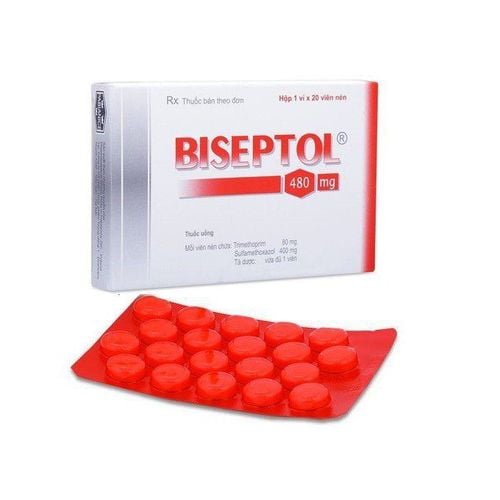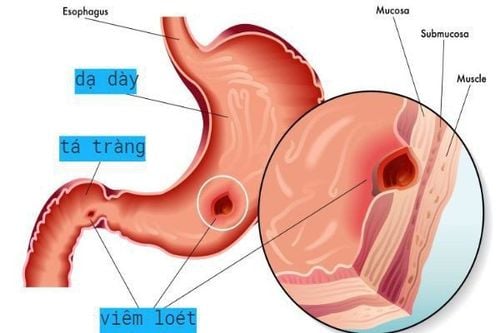This is an automatically translated article.
Posted by Master, Doctor Mai Vien Phuong - Department of Examination & Internal Medicine - Vinmec Central Park International General Hospital
Feces are the final part of the digestive process, consisting of waste products eliminated from the body such as undigested feces, bacteria, salts and other substances. Sometimes stools can vary in color, texture, amount, and smell. So what is normal stool?
1. What is normal stool?
Healthy poop can be as varied and unique as the individuals who make it. But there are some general rules in evaluating normal stools.
Color
Stools are usually brown. Bilirubin is a pigment compound formed from the breakdown of red blood cells in the body
Shape
The slightly moldy shape is how most stool will exit due to its formation in the intestines. However, as we will talk later, there are many variations in the shape that stools can have.
Size
Stool should not come in pellets but should instead be a few inches in length, comfortable and easy to pass.
Consistency
Anywhere between firmness and softness is quite normal. If it wobbles one way or another, it could suggest some digestive or fiber problem.
Duration (how long does it take)
A common joke is that when someone is in the bathroom for too long, it means they are having a bowel movement. However, healthy stools pass easily and take only a minute to pass.
That said, some people spend more time on the toilet, so as a general rule, a bowel movement should be no more than 10 to 15 minutes. A bowel movement longer than 15 minutes is often associated with constipation.
Frequency (frequency)
On average, a person with a healthy digestive system will have bowel movements every other day up to three times a day.
2. What is the Bristol stool scale?
The Britol stool scale comes in 7 types:Type 1 Appearance: Hard, separate lumps that look like nuts and are hard to pass
Indicates: These pellets usually mean you're constipated. It shouldn't happen often.
Type 2 Appearance: Woody but rough
Indicates: Here we have another sign of constipation and should not happen often.
Type 3 Appearance: Log shape with some surface cracks
Indicates: This is the gold standard of poop, especially if it is slightly soft and easy to pass through.
Type 4 Appearance: Smooth and snake-like
Indicates: Doctors also consider this a normal bowel movement that should happen every one to three days.
Type 5 Appearance: These are small ones, like the first ones, but soft and pass easily. The blobs also have clear cut edges.
Indicates: This type of stool means you are lacking in fiber and should find ways to add some fiber to your diet through whole grains or vegetables.
Type 6 Appearance: Paste with rough edges.
Indicates: This overly soft consistency could be a sign of mild diarrhea. Try drinking more water and fruit juices to help improve this.
Type 7 Appearance: Completely water free and no solid flakes.
Indicates: In other words, you have had diarrhea. This means your stools move through your intestines very quickly and do not form healthy stools.

3. What does the color of a person's stool mean?
As well as size and consistency, stool color can be a useful signal of what's going on in your body. As we mentioned before, different shades of brown are considered standard.
Black If you've been taking licorice, iron supplements or bismuth pills (such as Pepto-Bismol), that could be the explanation for the black stools. If you've never had this before, black stools could be a sign of upper gastrointestinal bleeding.
Green Green is considered to be a moderate condition. However, if you've gone from brown to green completely, you've probably added a lot of leafy green foods like spinach to your diet or your stools are passing too quickly. When it doesn't absorb as much brown bilirubin, it has more bile salts that give it this color.
Pale, white, or clay-colored If your stools are light like chalk, you may have a lack of bile. Bile is a digestive fluid that comes from your liver and gallbladder, so if you're producing white stools, it means your ducts are blocked. Bilirubin is not secreted from the bile ducts, resulting in failure to form stercobilin (the factor that causes yellow stools). The cause of this problem is often cholangiocarcinoma, gallstones, gallstones at the end of the common bile duct, pancreatic tumor...
Pale stools can also be a side effect of some medications such as anti-diarrheal drugs. If the condition persists, you should probably consult your doctor.
Red You may not be surprised to hear that red stools can mean bleeding, either from hemorrhoids or bleeding in the lower intestinal tract. However, if your stools are red, you don't need to worry right away.
There are other less serious reasons for the color change. Foods like beets, cranberries, red gelatin, or tomato juice can also turn red.
Yellow Yellow, foul-smelling stools are often a sign of too much fat. This could also be a direct link to a malabsorption disorder like celiac disease, where your body doesn't absorb enough nutrients.
4. When should you see a doctor?
If any unusual bowel habits persist for more than a few days, you should speak to a healthcare professional.
At worst, chronic constipation can cause intestinal blockage, while chronic diarrhea can make it difficult for the person to absorb needed nutrients from food. Both chronic constipation and chronic diarrhea can even be signs of more serious conditions.
Currently, Vinmec International General Hospital is a reliable address in diagnosing digestive diseases, chronic diarrhea, Crohn's disease... Along with that, the hospital also implements techniques Screening for gastric cancer, gastric polyps through gastric endoscopy with Olympus CV 190 endoscope, NBI function (Narrow Banding Imaging - endoscope with narrow light frequency band) for pathological analysis image results The mucosa is clearer than conventional endoscopy to detect ulcerative colitis lesions, early stage digestive cancer for the best treatment direction.
Please dial HOTLINE for more information or register for an appointment HERE. Download MyVinmec app to make appointments faster and to manage your bookings easily.
References
Bristol stool chart. (n.d.). Heaton KW, et al. (1992). Levitt MD, et al. (1972). Mayo Clinic Staff. (2018). Constipation. Picco MF. (2016). Stool color: When to worry.














